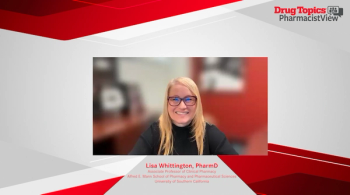
Building Patient Trust: Identifying Patients Eligible for Pneumococcal Vaccination
Panelists discuss how pharmacists can systematically identify eligible patients through team-based approaches involving technicians and student pharmacists who can query databases by age (50+) and high-risk conditions or medications, while addressing common barriers identified in research including insurance coverage, patient willingness, eligibility determination challenges, documentation time, and patient demand—emphasizing that effective solutions require clear communication, strong provider recommendations rather than just offering eligibility, community outreach, and creating pharmacy cultures where vaccination is integrated into workflow rather than treated as a separate process.
Episodes in this series

Building Patient Trust: Identifying Patients Eligible for Pneumococcal Vaccination Summary
Systematic identification of pneumococcal vaccine-eligible patients requires leveraging pharmacy team members, including technicians and student pharmacists, to implement database queries and patient outreach strategies. Age-based identification starting at 50 years provides an excellent foundation, allowing staff to query patients by age and review vaccination histories for multiple vaccines including pneumococcal, shingles, and seasonal respiratory vaccines. When computer systems permit disease state searches, teams can filter for high-risk conditions, though many pharmacies may be limited to medication-based searches. Staff should identify medications commonly prescribed for qualifying conditions while exercising caution about assumptions, particularly with drugs used for multiple indications, such as diabetes medications also prescribed for weight loss. Integration of vaccination opportunities into existing workflows, including comprehensive medication reviews (CMRs), medication therapy management (MTM) sessions, and routine immunizations like influenza vaccines, creates multiple touchpoints for identifying eligible patients.
Common barriers to pneumococcal vaccination, identified in recent research involving 58 pharmacists, include insurance coverage limitations, patient willingness, difficulty determining eligibility, documentation time requirements, and insufficient patient demand. The recent age reduction to 50 years may initially confuse patients who require clear explanations about their risks for serious disease, hospitalization, and invasive pneumococcal disease. Insurance coverage concerns can be addressed through manufacturer patient assistance programs for eligible patients without coverage or Medicare Part D, while community outreach to underserved populations through free clinics helps address access issues. Pharmacy closures across the country make community engagement and meeting patients where they are increasingly important for maintaining access to immunization services.
Effective patient engagement relies heavily on communication strategies and strong provider recommendations rather than passive eligibility notifications. Marketing efforts should emphasize "pneumococcal vaccines" rather than "pneumonia vaccines" to accurately convey the broader protection against various pneumococcal infections including meningitis and bacteremia. Implementation science principles can guide pharmacies in evaluating successful strategies and adapting best practices to their specific environments. Building patient trust through face-to-face interactions and making specific, evidence-based recommendations ("I recommend you get the pneumococcal vaccine because...") proves significantly more effective than simply asking if patients want available vaccines. This communication-centered approach, combined with team-based identification strategies, creates sustainable systems for improving pneumococcal vaccination rates in community pharmacy settings.
Newsletter
Pharmacy practice is always changing. Stay ahead of the curve with the Drug Topics newsletter and get the latest drug information, industry trends, and patient care tips.


































































































































